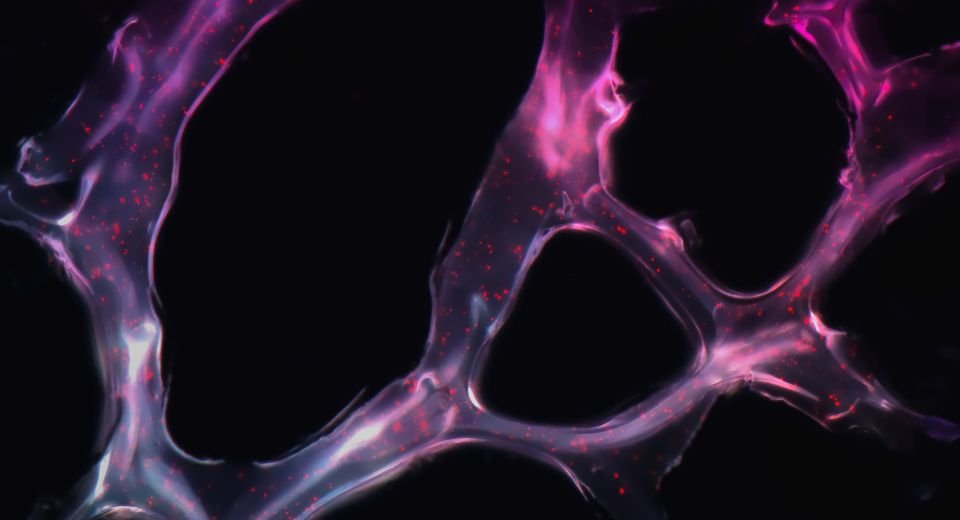February 18, 2025: Scientists at the Icahn School of Medicine at Mount Sinai have achieved a major breakthrough in brain therapy by developing a new method that can deliver messenger RNA (mRNA) directly to the brain using tiny fat-like particles called lipid nanoparticles. This innovation could open the door to new treatments for a wide range of brain-related conditions, including Alzheimer’s disease, brain cancer, and drug addiction.
The findings represent a significant step forward in overcoming one of the biggest challenges in medicine: the blood-brain barrier. This protective shield around the brain keeps harmful substances out but also blocks many potentially life-saving therapies.
What is mRNA and Why is it Important?
mRNA, or messenger RNA, is a molecule that carries instructions from our DNA to produce proteins, which are essential for the body’s functions. In recent years, mRNA has gained attention for its role in COVID-19 vaccines, where it instructs cells to make a harmless piece of the virus, training the immune system to fight the real infection. Scientists believe mRNA could be used to treat diseases by instructing cells to produce therapeutic proteins that replace missing ones, reduce harmful ones, or activate the body’s defenses.
However, delivering mRNA to the brain has been a major challenge due to the blood-brain barrier. This barrier is like a tightly guarded gate, allowing only certain substances to pass through.The Mount Sinai team designed a special type of lipid nanoparticle—tiny fat-like particles—that can cross the blood-brain barrier. These particles, called blood-brain barrier-crossing lipid nanoparticles (BLNPs), act like delivery trucks, carrying mRNA into the brain.
The researchers tested a variety of lipid designs and identified a top-performing formulation, named MK16 BLNP. This formulation was far more efficient at delivering mRNA to the brain than existing lipid nanoparticles approved by the FDA. The system takes advantage of natural transport mechanisms in the blood-brain barrier, such as caveolae (tiny pockets in cell membranes) and γ-secretase (an enzyme involved in cell signaling), to move the nanoparticles across the barrier.
Potential Applications
In experiments with mouse models and isolated human brain tissue, the BLNP system successfully delivered therapeutic mRNA to the brain. This breakthrough could lead to new treatments for neurological and psychiatric disorders, such as Alzheimer’s disease, amyotrophic lateral sclerosis (ALS), brain cancer, and even drug addiction.
“Our study shows that these nanoparticles can safely and efficiently deliver mRNA into the brain,” said Dr. Yizhou Dong, co-senior author of the study and a professor at the Icahn School of Medicine. “This could open up opportunities to use mRNA-based therapies for a variety of brain-related conditions.”
This research builds on earlier work by Mount Sinai scientists, who developed a platform for delivering large molecules like proteins and oligonucleotides (short DNA or RNA sequences) into the central nervous system. However, this new study focuses specifically on mRNA, which offers unique therapeutic potential due to its ability to instruct cells to produce specific proteins.
While the results are promising, the researchers caution that more work is needed before this technology can be used in humans. Future studies will focus on refining the system and ensuring its long-term safety and effectiveness.
“We are very excited to continue evaluating this novel platform for broader therapeutic applications,” said Dr. Eric J. Nestler, co-senior author of the study and Director of The Friedman Brain Institute at Mount Sinai.
The research was published in the online issue of Nature Materials.








